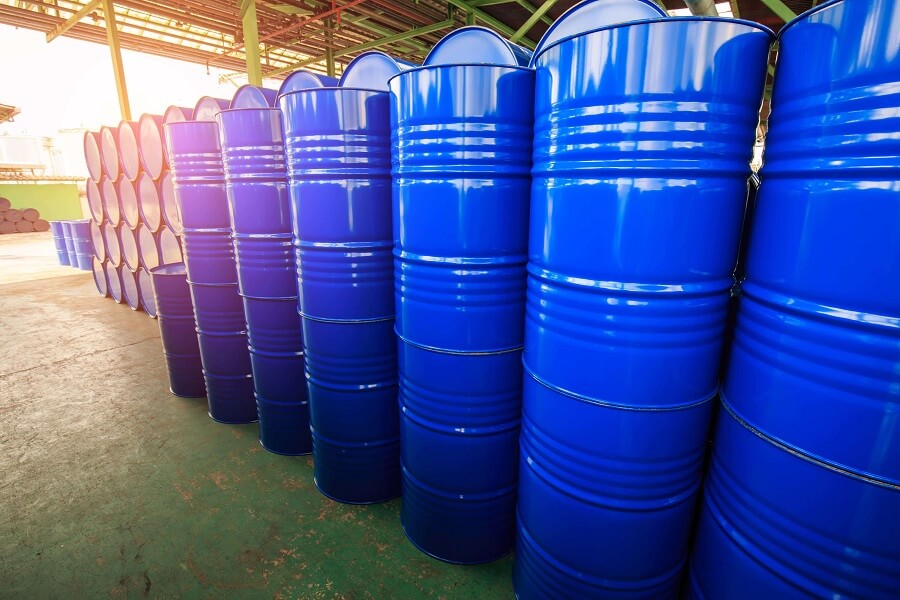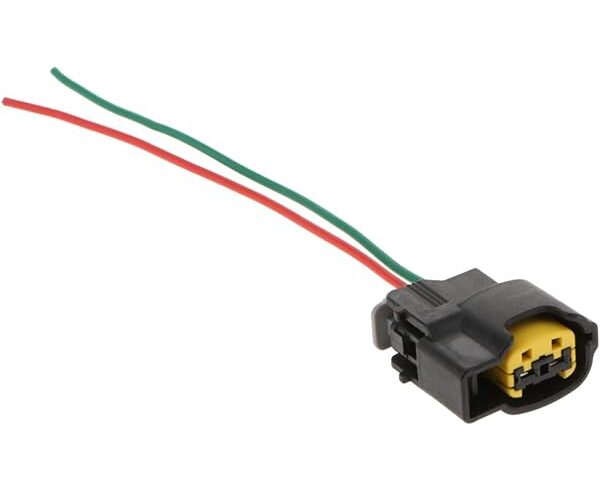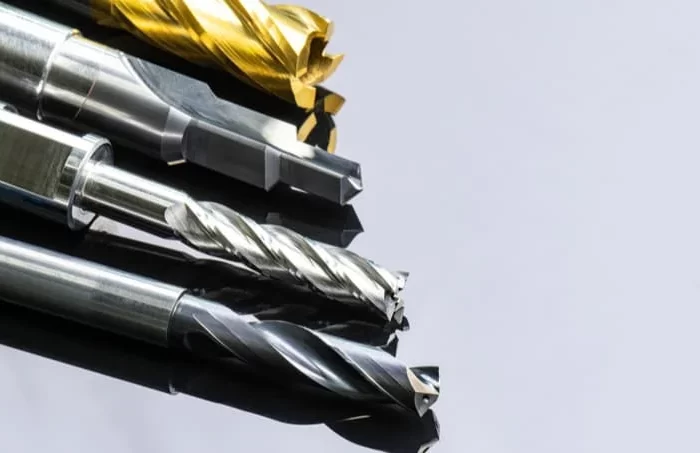Transporting fuel is a sensitive and potentially hazardous task, especially in industries like construction, agriculture, mining, and logistics. Improper handling of a petrol drum or fuel container can lead to leaks, contamination, fire hazards, or even environmental damage. Whether you’re moving small quantities in portable containers or large volumes in industrial drums, following strict safety measures is essential for compliance, efficiency, and workplace safety.
In this guide, we’ll share the most important safety tips for transporting fuel in petrol drums and containers, helping you protect both your workforce and your resources.
1. Choose the Right Container for the Job
The first step toward safe fuel transportation is selecting the appropriate container. Options include:
- Petrol drums: Typically range between 200–250 liters; best for bulk transport and long-term storage.
- Fuel containers (jerrycans): Usually range between 10–50 liters; best for small-scale or portable needs.
Ensure that your petrol drum or container:
- Is made from certified materials (steel or HDPE)
- Has proper sealing and venting mechanisms
- Meets relevant safety and transportation regulations
2. Avoid Overfilling
Overfilling a petrol drum or fuel container increases the risk of leaks and spillage, especially during transport over uneven terrain. Always leave adequate expansion space to allow for temperature changes. A common best practice is to fill only up to 90–95% of the container’s capacity.
3. Secure Containers During Transit
Fuel containers and drums must be firmly secured during transportation to prevent:
- Tipping over
- Abrasion
- Impact damage
Use:
- Restraining straps
- Anti-slip mats
- Properly designed transport racks
For larger petrol drums, use drum cradles, pallets, or drum trolleys to minimize movement.
4. Label and Document Properly
Always label your petrol drum or fuel container with:
- Fuel type (Diesel, Petrol, Aviation Fuel, etc.)
- Flammability warning symbols
- Handling instructions
If transporting across states or regions, ensure you carry the necessary transport permits and safety documents to comply with regulations.
5. Prevent Static Electricity Build-Up
Fuel is highly flammable, and static discharge can cause ignition. Always:
- Ground and bond drums during fuel transfer
- Avoid synthetic clothing that generates static
- Use approved metal funnels and grounding clamps for refilling
6. Store and Transport in Ventilated Areas
Never transport fuel in sealed, poorly ventilated compartments. Ensure:
- Adequate airflow
- Avoidance of enclosed spaces near heat sources
- Use of vehicles designed for hazardous materials (if transporting large volumes)
7. Regularly Inspect for Leaks and Damage
Before and after transport:
- Inspect the petrol drum or container for dents, cracks, or corrosion
- Replace damaged seals and gaskets
- Dispose of old containers following local hazardous waste regulations
Routine inspection not only ensures safety but also prolongs the lifespan of your fuel storage solutions.
8. Train Your Team
Safe fuel handling is not just about equipment—it’s also about awareness. Train employees to:
- Handle fuel drums with care
- Use personal protective equipment (PPE)
- Follow emergency spill procedures
- Understand fire safety protocols
9. Keep Fire Safety Equipment On-Hand
Always carry:
- Fire extinguishers (Class B)
- Spill kits
- Sand buckets
This is especially crucial when transporting petrol drums in hot or high-risk areas.
Conclusion
Transporting fuel in petrol drums and fuel containers requires a combination of the right equipment, proper techniques, and strict adherence to safety protocols. By choosing certified containers, avoiding overfilling, securing your fuel during transit, and training your team, you can ensure safe and compliant fuel transportation for your business.
At GoldRock InfraTech, we supply high-quality fuel drums and petrol containers designed for industrial and commercial applications. Our products meet safety standards to help you transport and store fuel with confidence.





